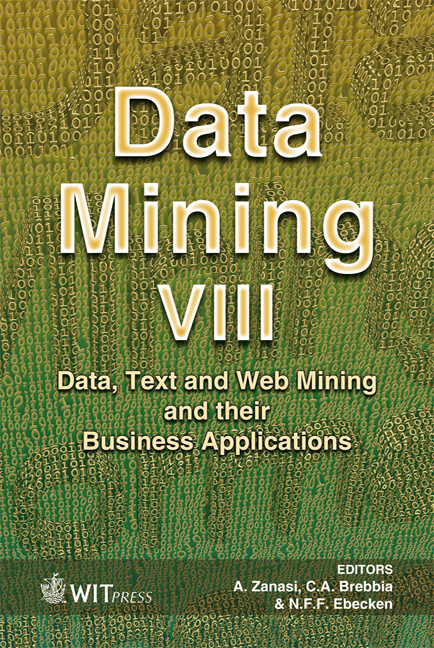Defining Logic Structures In Functional Spaces
Price
Free (open access)
Volume
38
Pages
7
Published
2007
Size
262 kb
Paper DOI
10.2495/DATA070081
Copyright
WIT Press
Author(s)
D. Sitnikov, N. Matski & O. Ryabov
Abstract
Many practical problems of geometric information representation and pattern recognition require specific methods and tools for describing complex functions and geometric objects in a way that allows us to use such descriptions for making effective mathematical transformations and logic inferences. Since in real world situations we rarely encounter ideal objects that can be described with the help of one elementary function it is important to develop methods and models for integrating geometric information. There are some original approaches to describing complicated geometric structures, one of which is a method based on so-called R-functions. These functions allow complicated geometric objects to be described analytically, which gives an opportunity to operate with complex objects with the help of a single real function. The concept of R-functions is quite simple but the range of practical applications of this theory is very broad. In this paper we have suggested a generalization of R-functions, which we call Rp-functions. Any R-function can be associated with a Boolean function and it is always possible to construct an R-function corresponding to a given Boolean one. Similarly, any Rp-function can be associated with a finite predicate and it is always possible to construct an Rp-function corresponding to a given predicate. If R-functions allow us to use Boolean logic for describing complex objects, Rp-functions provide a possibility of using predicate logic, which is more rich and general than Boolean one. Like R-functions, Rp-functions allow the use of knowledge on what logic rules have been used for constructing a complex object to build a function which is positive inside the given domain and negative outside it. Rp-functions also seem to be interesting by themselves as they allow discovery of logic properties of quite a large class of real functions.
Keywords





